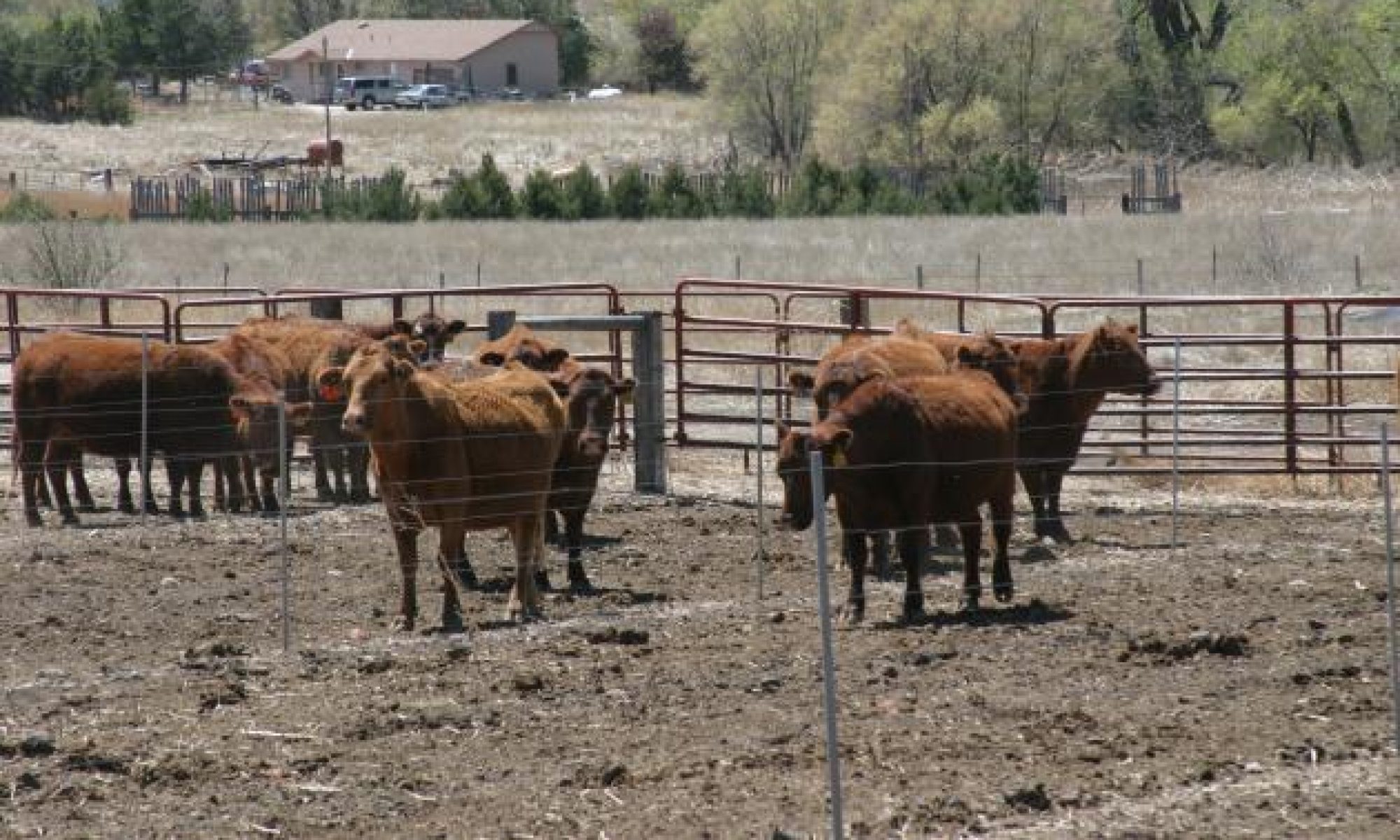Yes. Wheat straw is greatly underutilized as a feedstuff, particularly in beef cow rations. It can be used as the primary forage in dry cow rations and at low levels in lactating rations. For example, wheat straw can make up two-thirds of the ration when combined with a high-quality forage such as alfalfa hay for dry cows. It can constitute as much as one-third of the ration with quality hay for lactating cows. It has great potential for reducing feed costs and stretching feed supplies in dry years. Experience by producers indicates that the palatability of wheat straw is adversely affected by weathering. Thus, it should be baled as soon after wheat harvest as possible. Wheat straw may also be used as a partial roughage source in growing and finishing diets. Straw needs to be chopped prior to inclusion in mixed rations, with an average particle length of not more than one inch. Optimum utilization of wheat straw results when it is used in combination with high-quality forage such as alfalfa hay. Substitution of straw for alfalfa hay should be done on a forage neutral detergent fiber, or NDF, basis, rather than on a weight or percentage basis. In Arizona research with growing and finishing steers, daily gain and feed gain were optimized when wheat straw and alfalfa hay each contributed 50 percent of the forage NDF. Another consideration in wheat straw usage is protein supplementation. Straw is very low in protein, so as the level of straw in the diet increases, protein supplementation also must increase. To increase its intake and digestibility, wheat straw can be ammoniated. Anhydrous ammonia application should not exceed 3 percent by weight, and the chemical reaction is temperature sensitive. SAFETY FIRST WHEN HANDLING ANHYDROUS AMMONIA! The following Web site explains the ammoniation process: http://www.ksre.ksu.edu/forage/pubs/97notebook/fora12.pdf
